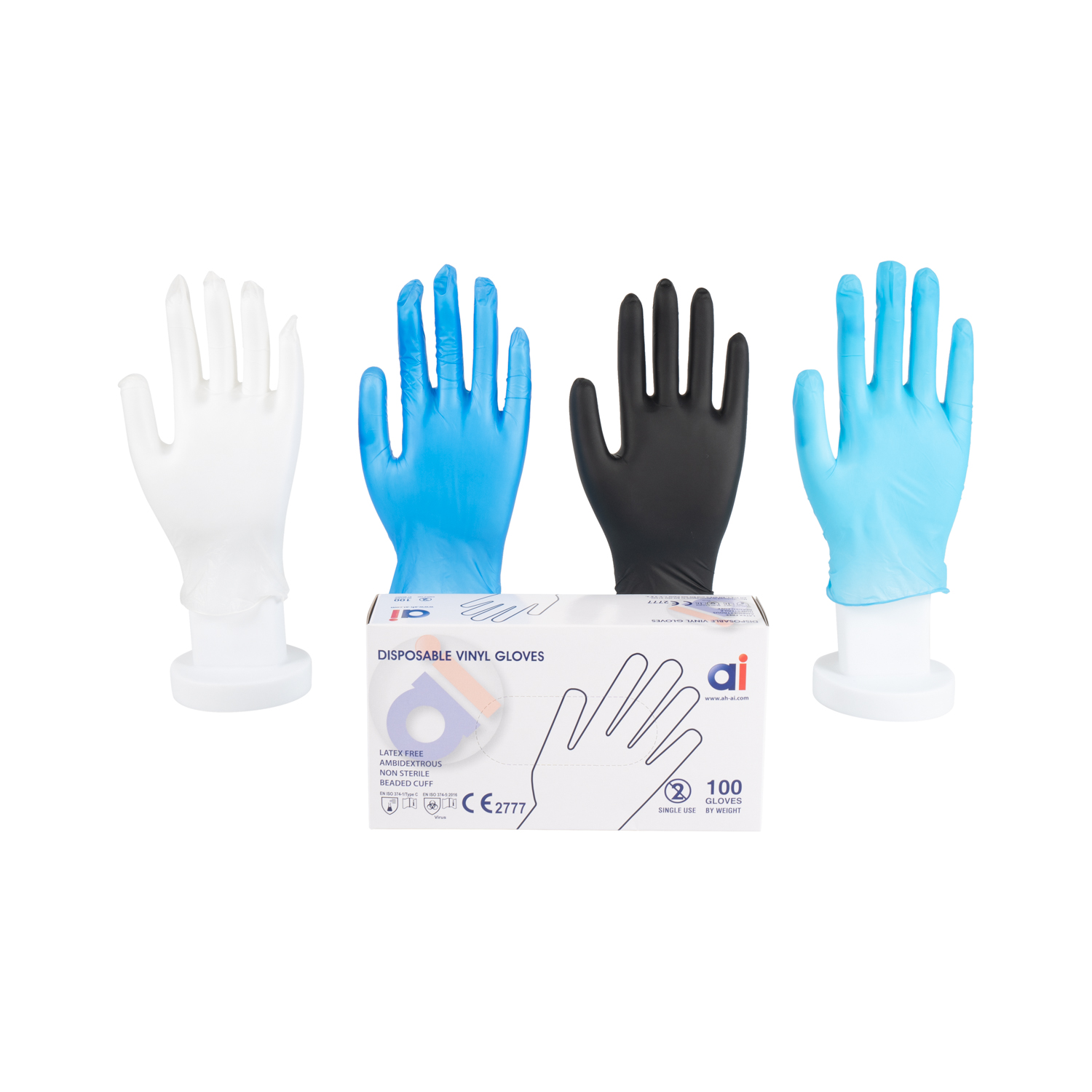
Wearing gloves in the food service industry is essential. Wearing disposable gloves helps protect both the person handling the food and the person eating it. Even though food service gloves can be as thin as 1 mil (1 mil equals 1/1000 of an inch), they are an important resource for both fast service and sit-down restaurants, as well as cafeterias and commercial food processing facilities.
Protect Your Customers and Your Staff
- Preventing Contamination: Hands can hold many types of bacteria, viruses, and other pathogens. Even with proper handwashing, it’s possible to miss some areas or not wash hands frequently enough. Gloves act as a barrier between the hands and food, reducing the risk of transferring harmful microorganisms.
- Compliance with Health Codes: Many local and national health codes and regulations require food handlers to wear gloves, especially when handling ready-to-eat foods. Not wearing gloves can lead to violations, fines, or even business closures.
- Protecting Food Handlers: Gloves can also protect the food handlers from injuries, such as cuts or burns, and from exposure to spicy ingredients, raw meats, or chemicals that could irritate the skin.
- Protecting Sensitive Foods: Some foods, like sushi or other ready-to-eat items, are especially susceptible to contamination. Gloves provide an extra layer of protection in these cases.
- Avoiding Cross-contamination: In kitchens, it’s common to handle different types of foods, like raw meats and then fresh vegetables. Changing gloves between tasks helps prevent cross-contamination, which could lead to foodborne illnesses.
- Promoting Professionalism: Seeing food handlers wearing gloves indicates cleanliness and professionalism in a food establishment to a customer. This can help boost customer trust and confidence in the food they are being served.
- Allergic Reactions: Some customers might have severe allergies, and even trace amounts of an allergen transferred from a food handler’s hands can be dangerous. Using gloves can help minimize this risk. Changing out gloves and conducting proper hand washing is essential before handling ingredients that will be going on a plate for someone with known food allergies.
- Physical Contaminants: Apart from microorganisms, hands can also transfer physical contaminants like dirt, hair, or any other foreign material. Gloves can act as a barrier against these contaminants.
What’s the Best Fit?
It’s essential to note that wearing gloves is not a substitute for proper handwashing. Gloves can become contaminated as well, and if they are not changed regularly or used correctly, they can become a source of contamination themselves.
Nitrile, vinyl, and hybrid gloves are all popular choices for the foodservice industry. Nitrile and vinyl tend to be a thicker and more durable, with a snugger fit. This makes them popular in settings where preparing meat and chopping lots of produce is needed.
Hybrid gloves are thinner, and generally fit more loosely. They are a popular choice for some fast service restaurants and cafeterias where employees change gloves many times because they are performing a variety of tasks. Because of their loose fit, hybrid gloves can be donned and removed quickly and easily.
Food service workers should be trained on when and how to change gloves and the importance of washing hands both before putting on gloves and after removing them. Proper glove use combined with other food safety practices will go a long way in ensuring the health and safety of both workers and consumers.
Need some help deciding which gloves are right for your kitchen’s team? Contact our friendly and knowledgeable customer service team for assistance.





发表回复